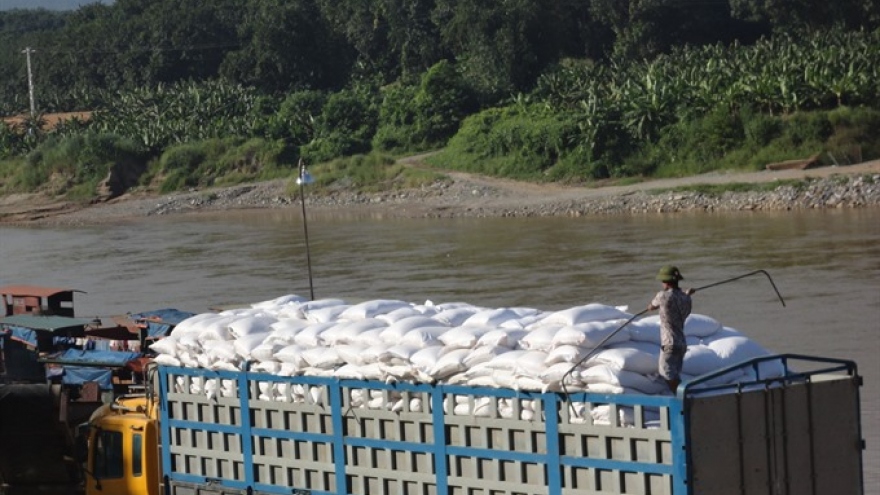Indonesia turns it back on Vietnamese rice as crops at home flourish
Indonesia, the world's fourth most populous country and a major buyer of Vietnamese rice, has not returned to Vietnam for new purchases this year, while its overall 2017 rice imports are forecast to halve to around 500,000 tons thanks to better domestic production, according to industry reports.
Indonesia was among Vietnam's 10 biggest rice buyers in the 2010-2016 period, with imports peaking at nearly 1.9 million tons in 2011, based on data from Vietnam's agriculture ministry.
But its purchases have been falling and Vietnam received no orders during the first two months of 2017, ministry data shows. Vietnam is the world's third-biggest rice exporter after India and Thailand.
Indonesia is forecast to import 500,000 tons of rice this year, down 50% from 2016, as domestic milled rice output edges up 2.6% to 37.15 million tons "due to increased area harvested", a US Department of Agriculture attache said in a March 30 report.
 |
| Milled rice at a processing factory in Vietnam's southern Mekong Delta. Indonesia, the world's fourth most populous country and a major buyers of Vietnamese rice, has not returned to Vietnam for new purchases this year. Photo by Reuters |
The report said increased cropping intensity and new land will help expand the harvested area this year to 12.24 million hectares (30.25 million acres), 1.2% above 2016 when Indonesia experienced a weak to moderate La Nina weather phenomenon.
Given more use of high-yielding varieties, the report forecasts Indonesia's output next year will rise further to 37.4 million tons, leaving the country's rice imports unchanged.
The forecasts pose a challenge to Vietnam's rice exports in 2017, with shipments in the first quarter already dropping 24% from a year ago to 1.2 million tons, a two-year low, the government has said.
Hanoi maintains forecasts of a modest rice export volume for 2017, anticipating 5 million tons to be shipped, due in part to expected higher demand from top buyer China. Last year, Vietnam's rice exports fell to 4.8 million tons, the lowest since 2008.
Malaysia, another key buyer of Vietnamese rice, is forecast to import 950,000 tons of the grain this year, unchanged from 2016, said a USDA report dated March 27. Last year, the country was Vietnam's 5th biggest rice buyer, after China, Ghana, the Philippines and Indonesia.
The average export price of Vietnam's 5% broken rice eased 2% in the first quarter ending March from a year ago to US$344 a ton, free-on-board basis, and that on Thailand's 5% broken rice also eased the same pace in the same period to US$372 a ton, the UN Food and Agriculture Organization said.
Unseasonal rain in the past week has disrupted the harvest of the Mekong Delta's winter-spring crop, and quotations edged up slightly even though buying demand remains thin, traders said. The 5% broken rice advanced to US$355 a ton this week from US$347-US$350 on March 30.
Output of the crop, the biggest among the Delta's three crops grown a year, is projected to drop 1.3% from last year to around 10 million tons of paddy, the agriculture ministry has said.


